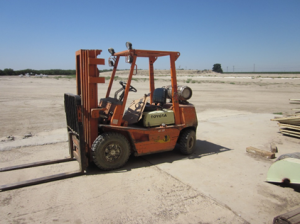Earlier this week, representatives from the California Air Resources Board (CARB), Cal EPA, and California Department of Food and Agriculture (CDFA) met in Fresno with local stakeholders to discuss the implementation of the 2030 Target Scoping Plan. The meeting was held at the San Joaquin Valley Air Pollution Control District, and was organized to address the Scoping Plan as it pertains to the agricultural sector. The 2030 Scoping Plan is part of the Governor’s plan to reduce Greenhouse Gas Emissions to 40% below 1990 levels by 2030, the plan also calls for a 50% reduction in petroleum usage, as well as a call to increase the state’s renewable portfolio by 50% by 2030.
The primary focus within the ag sector includes rangeland management and productive farmland. The emphasis on rangeland and farmland management is for the purpose of carbon sequestration, and CARB wants to encourage sequestration as much as possible. The Air Resources Board also presented Climate Smart Ag Practices with management practices such as manure, water and nitrogen management; renewable energy installation and utilization; as well as land conservation, to name a few. Similar to the Short Lived Climate Pollutant workshop, CARB is encouraging growers to develop their own composting practices to help with California’s Healthy Soils Initiative. Incentive funding was also a topic of conversation, both on the tractor trade up funding as well as finding funding methods to help encourage the rebirth of biomass and cogeneration plants. With the floor open for public comment, the Association’s Director of Technical Services, Chris McGlothlin made a couple of remarks. McGlothlin pointed out that in order for a farm to be able to compost legally, four separate permits are required from four different government agencies. McGlothlin stressed the importance of incentive dollars to the Central Valley, stating that emissions reductions have exceeded expectations thanks to the amount of money being utilized in the Valley. There will be more workshops in the future, so stay tuned for more updates.
